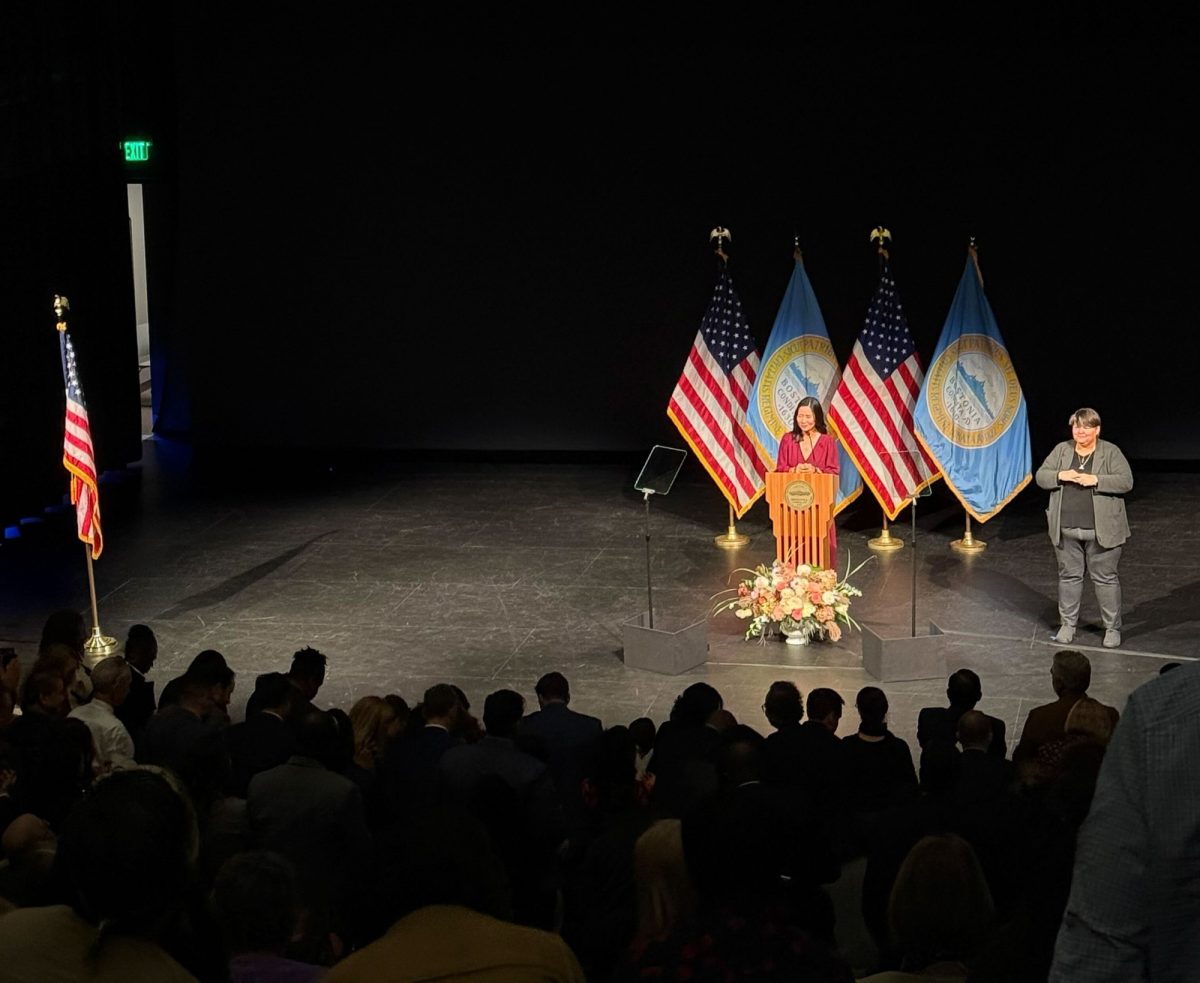U.S. House Speaker Leader Nancy Pelosi and Senate Minority Leader Chuck Schumer, the congressional leaders of the Democratic party, met with President Donald Trump on Tuesday to talk about infrastructure. Pelosi and Schumer said they agreed to a $2 trillion infrastructure plan over 10 years.
This marked another so-called “Infrastructure Week” of the Trump presidency. This notorious week happens every time the president tries to roll out major infrastructure policy, only to have his efforts muddled by the scandal and ineptitude going on in his own administration.
Trump’s first attempt at infrastructure reform came in June 2017, when FBI director James Comey was testifying before the Senate. His second was overshadowed by his racist comments in August 2017 after a white supremacist rally in Charlottesville, Virginia. And the third attempt came last February in the shadow of a White House resignation and the mass shooting in Parkland, Florida.
Current controversies facing Trump include the fallout from the Mueller Report and the president’s pursuit of legal action against two major banks — an effort to prevent House Democrats from obtaining documents related to his finances in a perfectly legitimate and legal investigation.
It seems like little coincidence that Trump wants to pursue infrastructure policy during another tumultuous time that reflects so poorly on his presidency.
White House press secretary Sarah Sanders said in a statement after the meeting Tuesday, “The United States has not come even close to properly investing in infrastructure for many years, foolishly prioritizing the interests of other countries over our own.”
This statement is classic Trump administration talk, though it’s mixed in with the traditional rhetoric given on both sides of the aisle about this issue.
Democrats and Republicans both enjoy touting infrastructure as something distinctly bipartisan that affects all Americans. Yet no legislation during Trump’s presidency, let alone Obama’s or Bush’s, has been passed that systematically and fundamentally improved the bridges, roads, trains, airports and other vital pieces of our nation’s infrastructure.
Schumer referred to the meeting with Trump as “very constructive,” but nothing concrete has been publically detailed yet, including a funding measure. It’s also very possible Schumer has had to lower his standard of productivity when dealing with Trump. Perhaps a productive meeting now means a meeting without a temper tantrum.
Massachusetts alone has 482 structurally deficient bridges, according to Patch, and it would cost $18.5 billion to fix the more than 4,700 bridges that require repairs. Logan International Airport, which has undergone several renovations, still ranked as one of the worst major airports in the country in a J.D. Power survey last year.
The American Society of Civil Engineers, which evaluates the United States’ infrastructure every four years, gave the United States an infrastructure grade of D+ in its 2017 “Infrastructure Report Card.”
In an interview with CNBC this February, ASCE Executive Director Tom Smith said the grade “reflects, unfortunately, a failure to invest in our infrastructure in the United States. We’ve been relying on the work that was done by former generations. And there’s an investment that we need to make to make sure we’re protecting future generations going forward.”
Interestingly, the $2 trillion figure agreed on by Pelosi, Schumer and Trump exactly matches what Smith said the ASCE calculated as the infrastructure funding gap between 2015 and 2025.
Still, the issue exists of how to pay for a plan that would cost $200 billion annually. As with all spending measures, there are three pathways the federal government can take: raise taxes, cut spending elsewhere or increase the deficit.
U.S. Rep. Chris Collins, a Republican and ally of Trump, told The Hill that Congress should double the 18.4-cents-per-gallon gasoline tax — a federal tax that has held flat for more than 25 years — to help pay for this infrastructure development.
While raising the gas tax is a good idea in principle, doubling the tax would be a widely detrimental shock to lower and middle-income families. Moreover, it is highly unlikely such a large tax increase would pass in the Republican Senate.
Congress should pass legislation that ties the gas tax to inflation, which would raise revenue but at a much more reasonable rate over time. Of course, even if Congress doubled highway-related excise taxes, which are made up mostly of the gasoline and diesel taxes, this would still not raise enough revenue to cover the cost of the $2 trillion plan.
These taxes totaled only $37.6 billion in 2017, according to the Tax Policy Center, far less than the $200 billion that would be needed annually in additional revenue.
In addition, large companies who make money using public infrastructure, such as Uber, Lyft and especially Amazon, could be taxed more to fund this plan. This revenue would go toward repairing the roads, bridges and airports their services use. Amazon currently pays $0 in corporate taxes even though it is worth almost $1 trillion.
During the 2016 campaign, Trump promised to pass a $1 trillion infrastructure plan. But as with many of his promises, it is highly unlikely this will see the light of day as a real policy. Infrastructure is a public good that the government must commit itself to investing in for current and future Americans.
Infrastructure spending is one of a few key policy topics that everyone can and should rally behind. If we can’t find a compromise on this, it’s unlikely there’s much more we could come together to solve.




















































































































